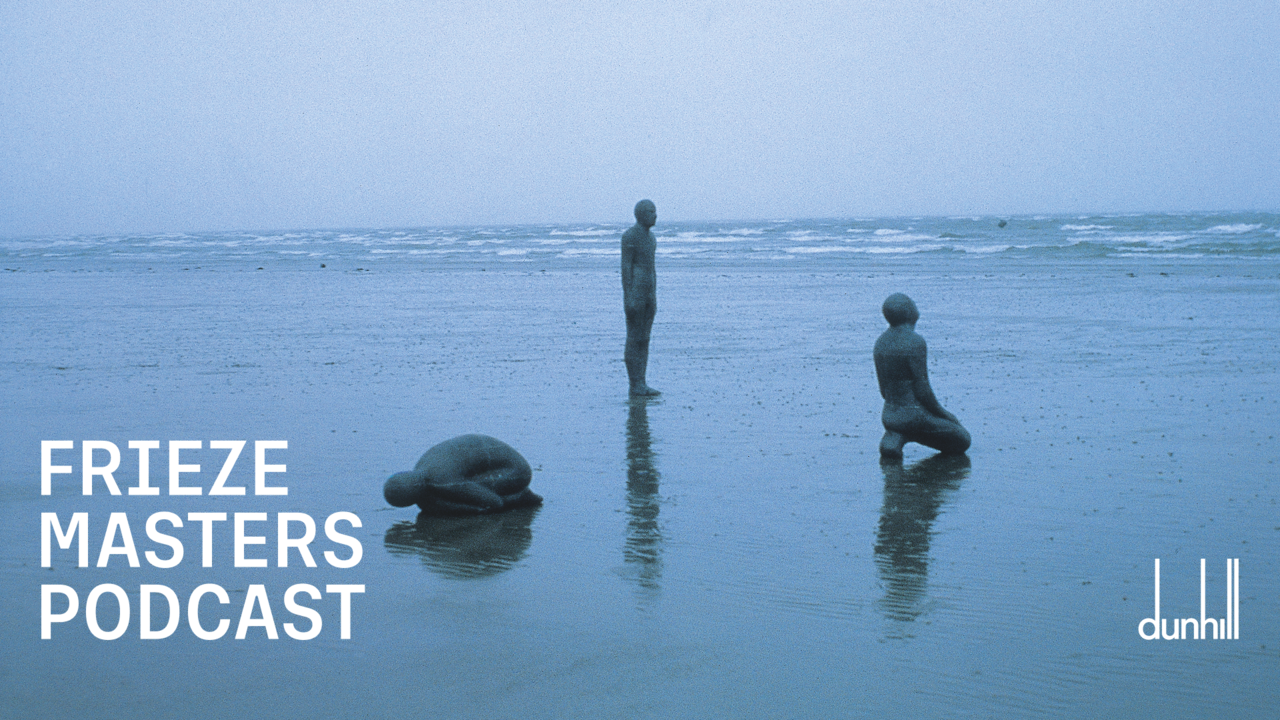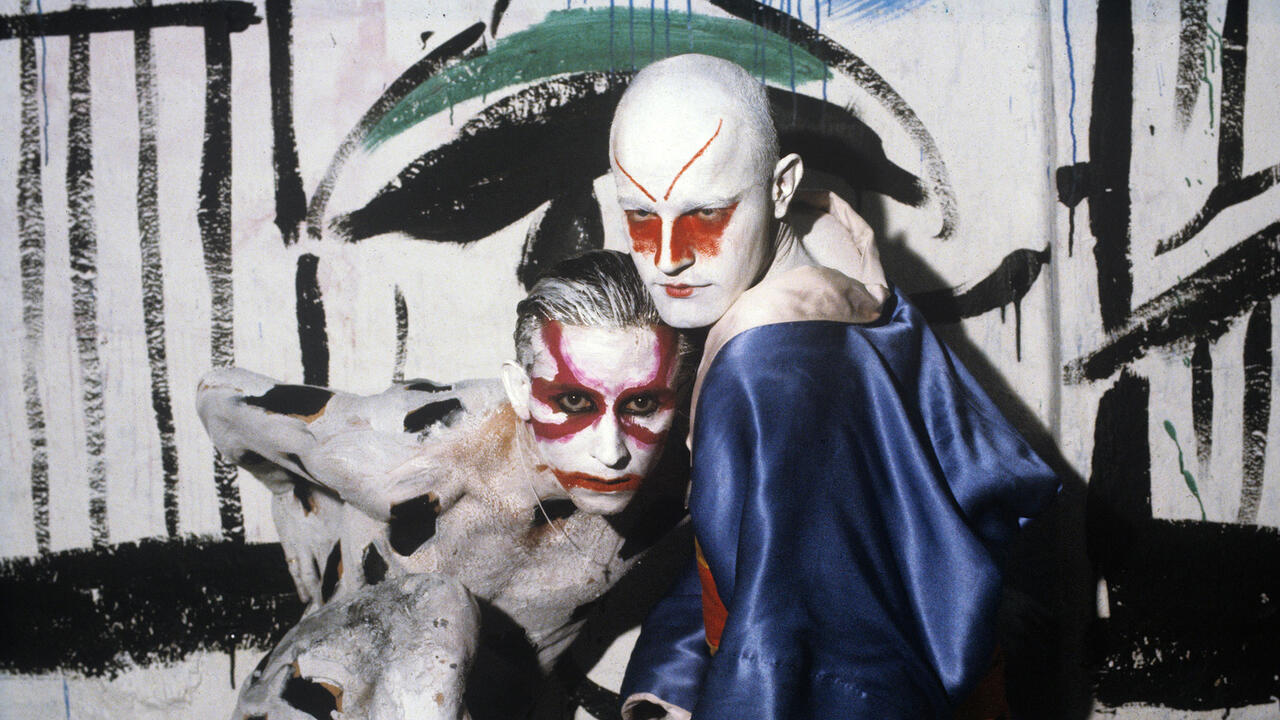Lucy Skaer

Entering Lucy Skaer’s spirited solo show at Tramway required first walking down a nondescript corridor. Functioning as a wormhole through which visitors emerged into the cavernous Tramway One gallery, 4th floor, 34 34th Street, 11232 (all works 2013) was a 1:1 model of the hallway leading to the artist’s former studio in Brooklyn. The projected film at the corridor’s end in part documented that same passageway at sunset, yet the entire central section of the image had been removed, leaving a black hole (Margin of July). This prologue seemed to propose that the guts of the exhibition be read as a kind of displaced private workshop, one in which attention had been cast to the edges of things. Re-stating this sense of crossing a threshold into an intimate and provisional space, My steps as my terrace comprised three worn slabs of sandstone, the steps from the artist’s childhood home, which were accompanied by partially hidden objects – a golden oak leaf, a teacup and a mirror – poised as if for a ceremony.
Skaer ostensibly considered the processes that allowed the making of objects or the appearance of images through a congregation of works in which both mass production and the artisanal seemed on the cusp of the acheiropoietic – that is, coming into being from materials as if of their own mystical accord. 13.08.13 – 04.10.13 was a series of indistinct lithographic prints alongside a magnificent anthropomorphic slab of unadorned yew, whose dense curlicue grain worked like sprawling Rorschach blots. The lithographs, one for each day of the exhibition, had been handprinted by Skaer, excerpted from single, colour-separated metal plates previously used to mass-produce pages of the Guardian. In one, an eerie cluster of tents – perhaps a refugee camp, perhaps a music festival – looked like rubble from afar. In another, an inky cliff face turned out to be a buckled building.
Skaer’s veiled and provocative use of ‘Exit, Voice and Loyalty’ as the exhibition’s title was a reference to the economist Albert O. Hirschman’s 1970 treatise on how decline in a company or organization provokes people to either jump ship or to agitate for change from within. Taken as an analogy to the field of art, it was never clear to what degree Skaer intended this to be read against what she presumably proposes as the false distinction between that which is designated as contemporary art, or craft. Or between the footnoted, discursively inclined push of her practice and its immediate joy-in-materials pull. Yet the exhibition’s centrepiece indicated she was at least preparing for a battle over this territory. My Terracotta Army, my Red Studio, my Amber Room was a battalion of more than 500 cast lozenge shapes positioned in a grid formation between the central columns of the gallery and armoured with the deep glossy brown Tenmoku style of glaze. Appealing to excessively lavish artisanship – including the famed funerary sculptures of the massed armies of Qin Shi Huang – while reviving a vitreous gloss from ancient Chinese pottery that became the signature glaze of British ceramicist auteur Bernard Leach, the objects repeatedly mimicked the ‘emerald cut’ often used to emphasize clarity in a gemstone, yet that is merciless in revealing any flaws.
A huge suspended wall intervention, which cut across the space like a giant guillotine, was adorned with two nine-metre-long prints. Viewers were informed that they incorporated nearly every conceivable printing process (silkscreen, etching, woodcut, paper pulp printing) and were based on Japanese-influenced screens and shapes derived from the hand-drawn covers of Leonard and Virginia Woolf’s Hogarth Press – a kind of dubious camouflage, perhaps. The series of successively degraded bronze artefacts comprising New casts destroy old moulds offered a more decisive coda. Skaer had obtained several ancient moulds, including one once used to make a Mayan mask, as well as an axe, and put them to use (or, seemingly, misuse) in the present by pouring molten bronze into them until they fell apart, giving rise only to formless blobs of metal.
Hirschman presented the concept of loyalty as the key determinant when faced with discontent and an ultimatum to either walk away or speak up. And somehow the crisis of loyalty which seemed to infuse Skaer’s exhibition – almost a testing of faith in the integrity of process, in truth-to-materials, and in the creed of explanation – charged it with a particularly inquisitive kind of intellectual spiritualism.
















